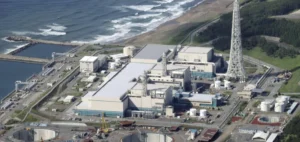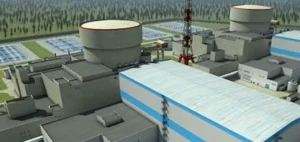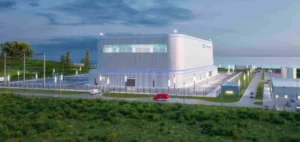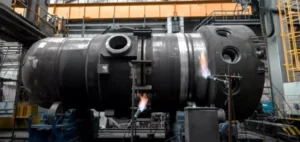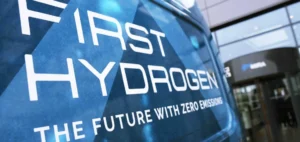Small Modular Reactors (SMRs) are disrupting the nuclear industry by dramatically reducing the cost of nuclear power, making it competitive with renewables and storage. What’s more, these reactors enable the development of new uses for nuclear energy, promoting decarbonization. At present, SMRs are operational in China and Russia, and the rest of the world is trying to catch up. One start-up could even be the first to put an SMR into service. However, one question remains: in this emerging SMR market, will the agility of the new players surpass the established positions of the nuclear industry giants?
According to IDTechEx’s new report “Nuclear Small Modular Reactors (SMRs) 2023-2043”, it is forecast that by 2043, 25% of nuclear-generated electricity will come from SMRs, whereas this percentage is negligible today. This rapid increase will generate a diversity of designs, involving a wide range of organizations. IDTechEx surveyed 83 SMR projects involving many different players, including a large proportion of start-ups. Start-ups are companies founded with the explicit aim of commercializing SMR technology.
NuScale Power’s key role
The nuclear industry is known for its conservatism, with third-generation reactors being evolutions of older designs. However, the smaller size of SMRs and the new nuclear energy use cases they seek to serve offer opportunities for innovative start-ups to stand out from the crowd. They can develop a design evolution or work with new fourth-generation reactor architectures.
An early player in this field is NuScale Power, which has received standard design approval from the US nuclear regulator. NuScale is scaling down pressurized water reactors, using six of them with a combined electrical capacity of 462 MW in its VOYGR-6 design. Its small size means that all primary steam cycle components can be integrated into the reactor pressure vessel, reducing on-site assembly costs. What’s more, passive coolant circulation is possible without the need for pumps, improving design safety.
Some players are taking a more revolutionary approach by developing fourth-generation reactors. For example, Canadian company Terrestrial Energy uses molten salt reactors (MSRs) to decarbonize industrial process heat while supplying electricity to the grid. Light water-cooled reactors, which currently dominate, cannot directly supply heat to a wide range of industries due to their lower operating temperatures. Molten-salt reactors offer higher temperatures without compromising safety, opening up new possibilities.
Strong competition
However, new entrants face significant competition from established players such as GE-Hitachi and Westinghouse Nuclear, who have their own SMR designs at an advanced stage of preparation. These players benefit from pre-existing designs for large nuclear reactors and established supply chains. Despite this, there seems to be plenty of room for new players, as unit project costs for SMRs are much lower, on the order of $1 billion, compared with the tens of billions of dollars needed for a large nuclear power plant. This makes the industry more accessible to the next generation of nuclear companies.
IDTechEx’s report, “Nuclear Small Modular Reactors (SMRs) 2023-2043”, offers a comprehensive analysis of the SMR space. It provides twenty-year market forecasts, a comparative assessment of SMR designs, an analysis of applications, and a dissection of the industrial landscape.



